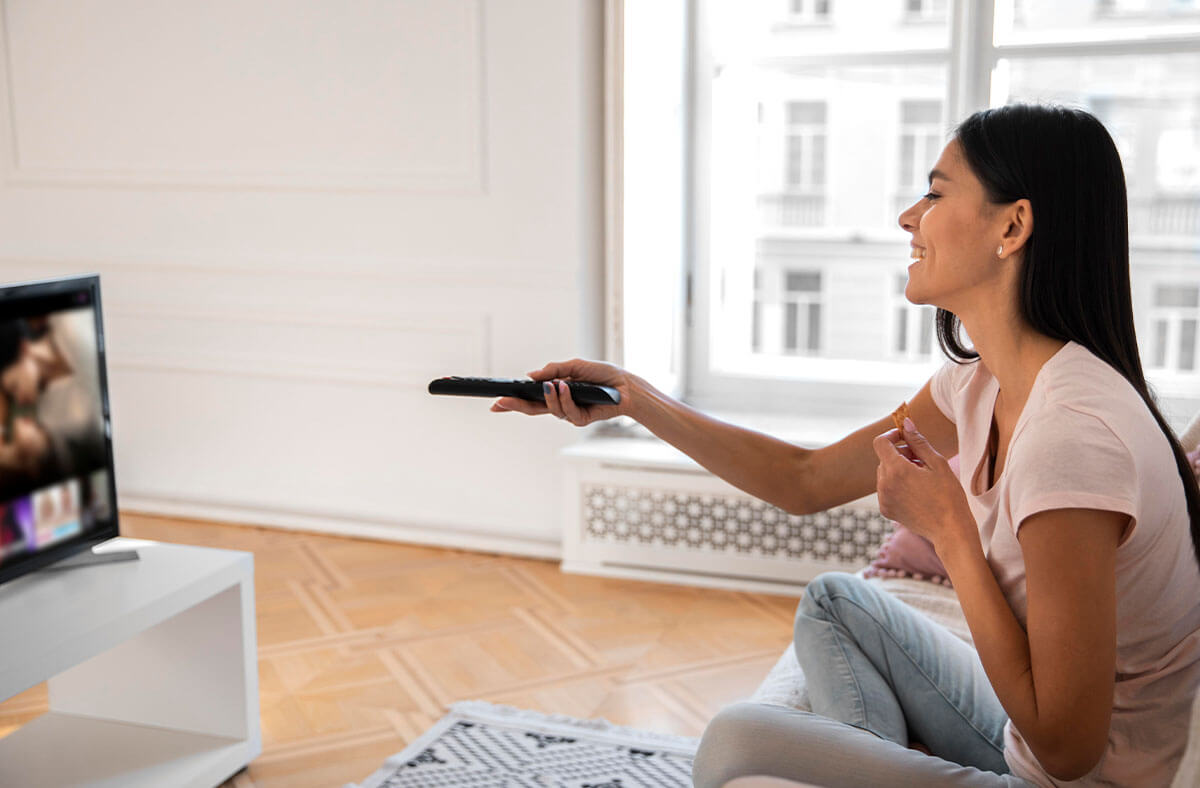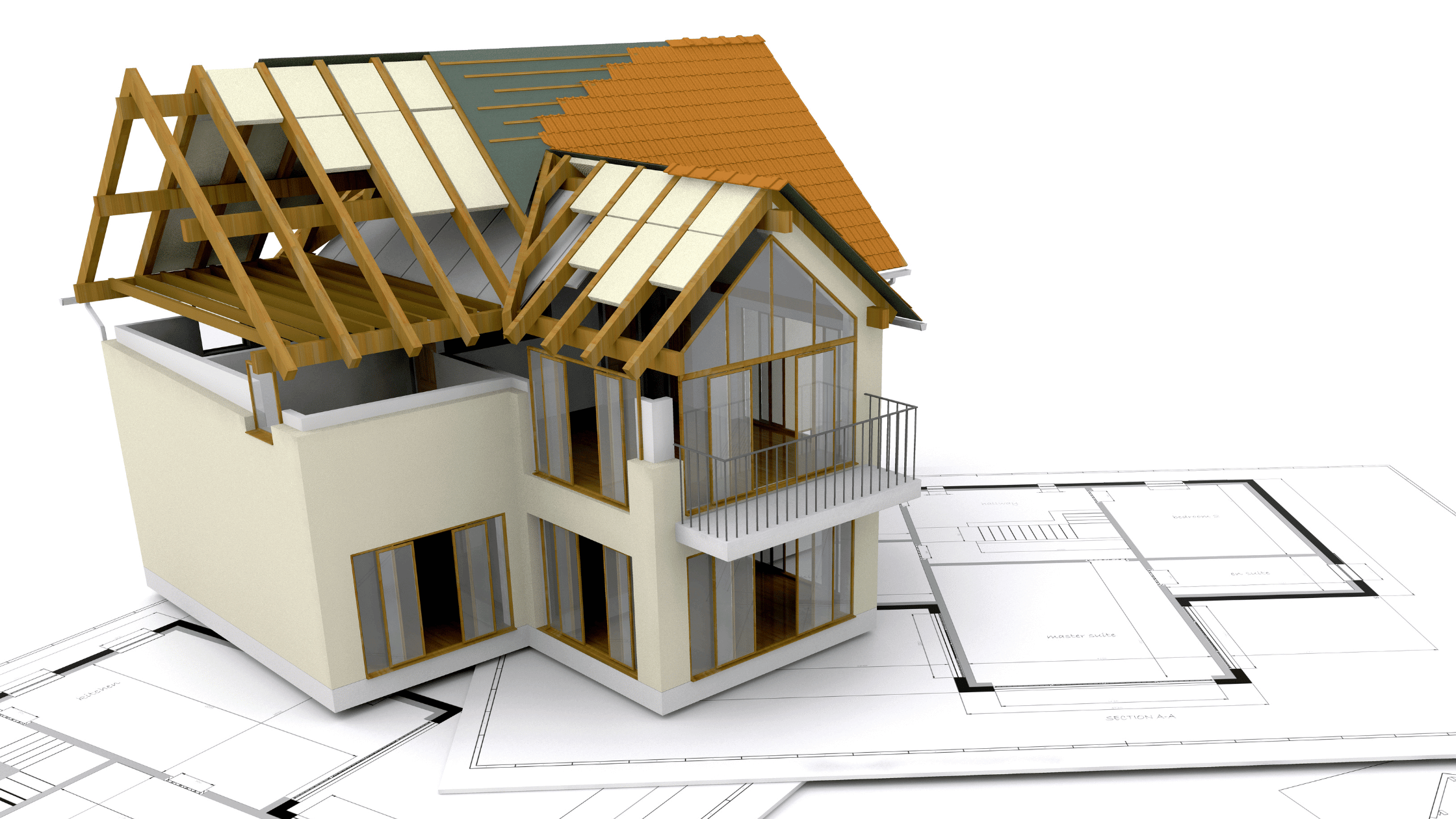
We heard you’re looking to reduce your carbon footprint. What if we told you that we know the best way to do that?
No, you don’t have to stop using your gadgets and gizmos. Nor do you have to remember to turn off your appliances.
We bring you the solution to your worries about your carbon footprint in the form of smart home automation systems.
Let’s tell you how it is your best-pal when it comes to sustainable living!
The most basic way to keep your energy consumption in control is to use smart plugs. You know how devices like geysers consume a lot of energy even when they are plugged in, but not in use? With a smart plug, these devices can be turned off remotely. Smart plugs will cut off the power supply to the devices that are plugged in, but not being used automatically too. So, if you forget to turn off your geyser, television or your gaming setup before heading out, your smart plug can take care of it for you.
How about lighting? Traditional bulbs secretly consume loads of energy. This gets in the way of your goals of carbon-footprint reduction. Leaving them on for long periods can raise your electricity bill too. With smart lighting you can schedule them to turn off and can control them remotely. So, if you are on a vacation and you want people to think that you are home, you can schedule the lights to turn on and off at different intervals to create an illusion of your presence. You won’t need to worry about forgetting to turn the lights off if you can control it with your phone, right?
Another method to manage energy consumption would be to invest in smart air-conditioners. These devices can be programmed to adjust the temperatures of your home according to your habits and routines. You can also use your voice assistant and mobile app to set timers and reminders on it.
What’s more? Your smart home system can function using renewable energy from sources like solar panels. This is not only better for the environment, but also saves you money on electricity bills. You can then relax knowing that you are using clean and sustainable energy to power your household. Apart from this, there are smart meters that help you check your energy usage in real-time. The readings on it can give you an idea about where you are consuming too much energy.
You can turn your energy management techniques into a game of your own. How? The amount of energy consumption you manage to reduce becomes your goal and you do everything possible to reach it. You can even compete with your friends and family to see which one of you saves the most energy.
We know that questions might arise in your mind regarding how tech-savvy you need to be to do all this. But do not worry, it is pretty simple to navigate the world of smart home systems. You can reach out to us at Pert to find out the best ways to manage your energy consumption in a sustainable smart home.
FAQ’S
Q. How does a home automation system manage your energy consumption?
A. Home automation systems keep your energy consumption under control, saving you money on your energy bills and reducing your carbon footprint.
Firstly, home automation systems can monitor your energy usage in real-time. This means they can track which appliances are using the most energy and identify where you can make energy-saving changes. For example, they can tell you if your air conditioning is on too high, or if you’re leaving lights on in empty rooms.
Secondly, home automation systems can control your appliances remotely. This means you can turn off devices and appliances from anywhere, using your smartphone or another device. You’ll never have to worry about leaving something on by mistake again.
Thirdly, home automation systems can automate your energy usage. You can set up schedules for when certain appliances turn on and off and adjust them remotely if necessary. For example, you can set your heating to come on just before you get home, or turn your lights off when you go to bed.
Finally, home automation systems can integrate with smart meters to give you even more information about your energy usage. You can see how much energy you’re using and when, so you can make informed decisions about how to reduce your energy consumption.
Hence, home automation systems can manage energy consumption in a variety of ways, from real-time monitoring to remote control and automation. They are a powerful tool for reducing energy usage and saving money on energy bills.
Q. What kind of devices does a home automation system manage energy consumption for?
A. A home automation system coordinates all the different devices in your home. Let’s take a look at the devices that home automation manages energy consumption for.
Firstly, a home automation system can manage your lighting. You can set schedules for your lights to turn on and off automatically, and even control them remotely from your smartphone. This means you can make sure you’re not leaving any lights on when you’re not home and avoid wasting energy.
Secondly, a home automation system can manage your heating and cooling systems. You can set up schedules to ensure that your home is at the right temperature when you need it, and turn off your heating or air conditioning when you’re not home. This can save you money on your energy bills and reduce your carbon footprint.
Thirdly, a home automation system can manage your appliances, such as your fridge, oven, and washing machine. You can set up schedules for when they turn on and off, and even get alerts when they’re finished with their cycles. This means you can avoid wasting energy by leaving appliances on when they’re not needed.
Fourthly, a home automation system can manage your smart plugs and smart switches. You can control these remotely, turning off devices like TVs or game consoles when they’re not in use. This can help you save energy and money.
Finally, a home automation system can manage your water consumption. You can set up schedules for when your sprinkler system turns on and off, and even detect leaks before they become a problem.
A home automation system can manage energy consumption for several devices, including lighting, heating and cooling systems, appliances, smart plugs and switches, and even water consumption. This can help you save energy and money, and reduce your carbon footprint.
Q. What are smart meters for smart home automation systems and what do they do?
A. Smart meters are a key component of any smart home automation system. They are digital devices that measure your energy consumption in real-time and send this information to your energy supplier. But what do they do, and why are they so important?
Firstly, smart meters give you real-time information about your energy consumption. This means you can see how much energy you’re using at any given time, and identify where you can make energy-saving changes. For example, you can see if your heating is on too high or if you’re leaving lights on in empty rooms.
Secondly, smart meters can help you save money on your energy bills. By monitoring your energy consumption, you can identify where you’re using the most energy and make changes to reduce your usage. This can help you to save money on your energy bills and reduce your carbon footprint.
Thirdly, smart meters can help you to automate your energy usage. You can set up schedules for when certain appliances turn on and off and even adjust them remotely using your smartphone. This means you can ensure that you’re only using energy when you need to, and avoid wasting energy.
Smart meters are an essential component of any smart home automation system. They give you real-time information about your energy consumption, help you to save money on your energy bills, and automate your energy usage.





